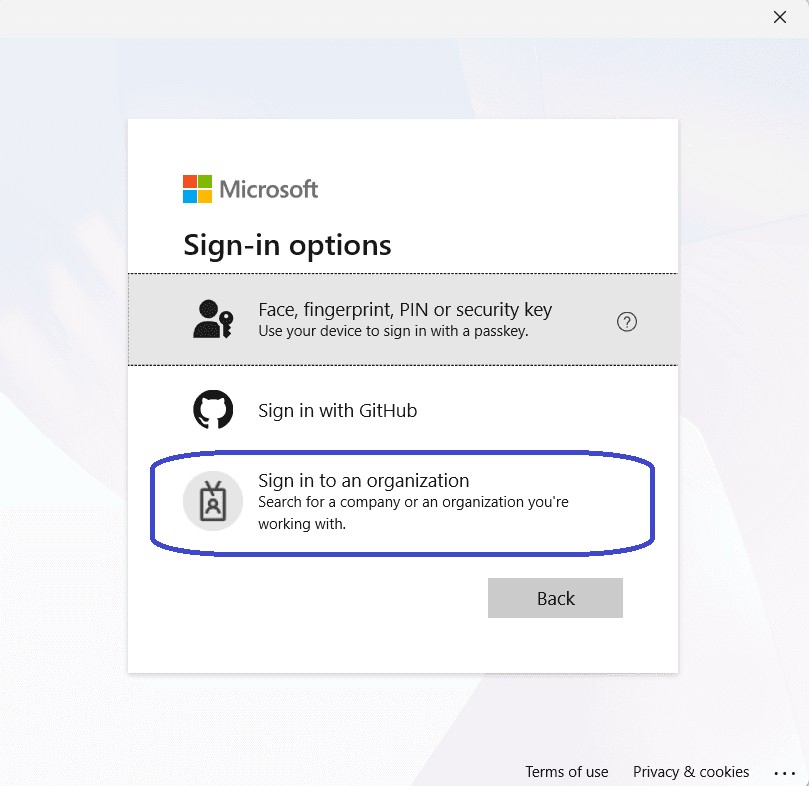What’s up, everyone!
Microsoft recently released version 24H2 of Windows 11. This released has gotten some good and negative remarks from the community, like 8.63 of data in the Windows Update folder that cannot be removed or even blue screens. The 24H2 update is now also available for Cloud PCs. Let’s find out how to update to the latest version and if these issues also apply to Cloud PCs. Enjoy!
What's new in Windows 11 24H2?
Upgrading to 24H2 will introduce new features and design changes. It will also remove some features as well. If you want to see all of the changes, I would recommend the following URLs:
Updating to 24H2
As always, make sure to review the known issues list by Microsoft.
There are a couple of ways to update your Cloud PC to the latest and greatest version. Let’s start with:
Windows Autopatch
If you have enabled Windows Autopatch in your environment, you can use it to update your devices and Cloud PCs to 24H2. Go to Devices, Manage updates, Windows updates.
Go to Feature updates and click the + Create profile button.
The magic happens in the Deployment settings. Give the profile a name and description. Then select the desired feature update you want to deploy. In this case we select Windows 11, version 24H2.

Finish up by assigning and creating the profile. I ended up with something like this:
Other ways to get the update is via Windows Update, the update catalog or via Server Update Services.
Review your existing provisioning policies
Windows 365 admins have the option to redeploy Cloud PCs or provision Cloud PCs for users that need a Cloud PC. It would be a shame to deploy a Cloud PC using an older image, so make sure to review and update your Windows 365 provisioning policies.
Go to Devices, Device onboarding, Windows 365 and select the Provisioning policies tab.
Select a provisioning policy to get more info:
This provisioning policy is still using the 23H2 version. Let’s update it to 24H2. Click the edit button next to image.
Click the change button and select the desired image:
The image type should be updated to the correct version and finish up by selecting the Next and Finish.
Now repeat the steps for other provisioning policies that you have in your environment.
In case you wondered; yes this also holds true for Frontline Cloud PCs:
Any issues after updating?
Let’s circle back to the negative remarks after updating to the latest and greatest on a Cloud PC. How about the Gigs of disk space that cannot be cleaned up and are there any blue screens?
First it’s time to confirm Im running the 24H2 version. Go to System, About. Check the Windows specifications.
So far so good! Let’s check if there’s a disk space issue. Let’s look at two locations:
- C:\Windows.old
- Windows update folder
Let’s see if we can use the disk cleanup utility to remove older files. Just search for disk cleanup in the start menu and run the app. Getting a result might take a bit of time.
In my case; it looks like everything is detected correct.
I will go ahead and click the OK button. A popup box asks me if I’m sure so I choose Delete files. After just a couple of seconds, the app forgot that I was really OK with removing the files. So it asked me again:
This process will take a bit of time to complete. I ended up with a much cleaner Cloud PC but… I notice that I also have the 8.63 GB of space in the Windows Update Cleanup item.
So yes, I can confirm that the 8.63 GB is a real thing. If you as a Windows 365 admin configured your Cloud PCs correctly, you can always choose to reprovision the Cloud PC. Data should be synced using the various syncs (Office, Edge etc) and data should be stored in OneDrive (known folder move) or Sharepoint/Teams.
After reprovisioning there’s only 16.3 MB to be cleaned up.
However I did not have any issues with bluescreens nor can I find anything related in the event log or the view reliability history app in Windows. It gave me two small issues but they are unrelated to bluescreens. This also makes sense because a quick online search reveals that bluescreens seem to be tied to Intel drivers.
Happy upgrading!
Resources
I used the following resources for this post:
What’s new in Windows 11, version 24H2 for IT pros | Microsoft Learn
Windows 11, version 24H2 known issues and notifications | Microsoft Learn
Share this:
- Click to share on LinkedIn (Opens in new window) LinkedIn
- Click to share on X (Opens in new window) X
- Click to share on Facebook (Opens in new window) Facebook
- Click to share on WhatsApp (Opens in new window) WhatsApp
- Click to share on Telegram (Opens in new window) Telegram
- Click to print (Opens in new window) Print





























One Comment
Comments are closed.